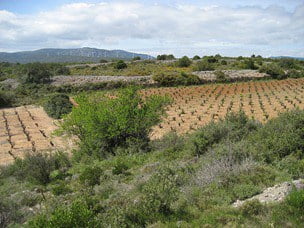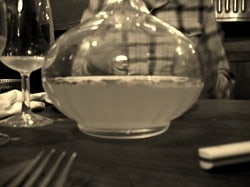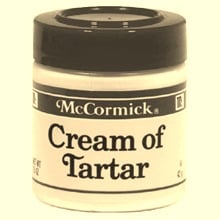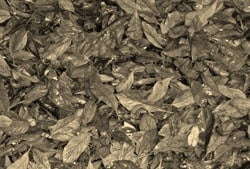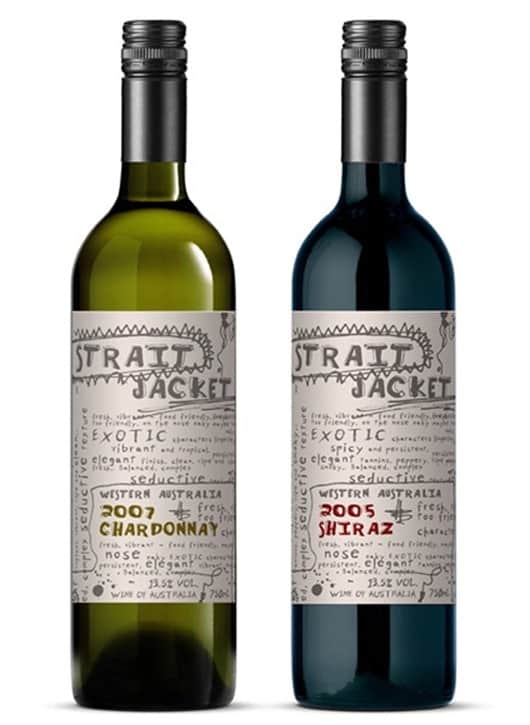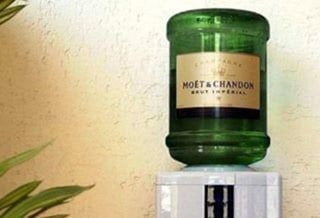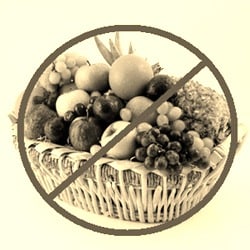
A Guide to Wine Faults – Oxidation.
Oxidation Aeration opens a wine, but too much will result in oxidation and therefore spoilage. Similarly, if the wine has a cork that leeks in too much air, or if a wine goes through multiple temperature changes in the bottle over a long period, oxidation may also occur. I find oxidation to be one of the the most common wine flaws you’ll encounter, and is the main reason that I generally don’t drink wine by…
Read More
